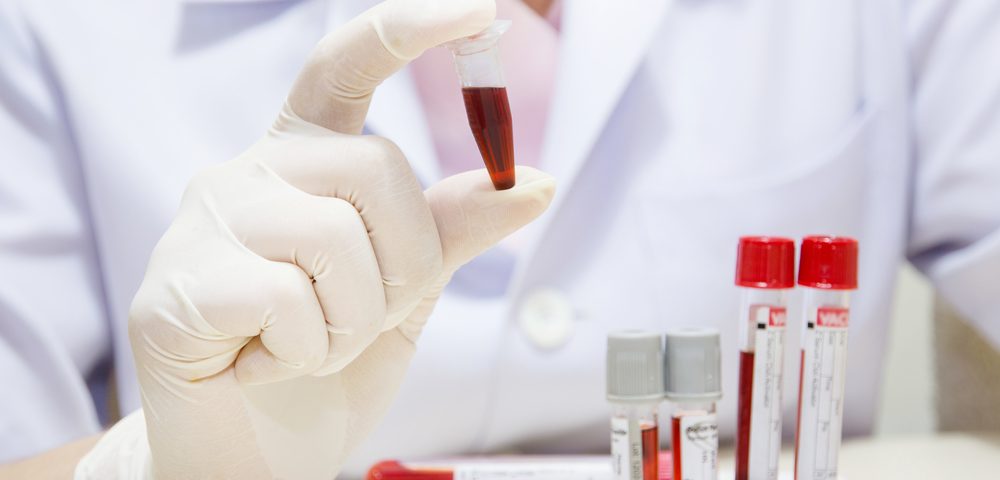Levels of the inflammatory molecule interleukin-17a (IL-17a) are increased during and after severe exacerbations of bronchiectasis, indicating that it might be an effective marker of systemic inflammation in these patients, a study shows.
The study, “Systemic Inflammation during and after Bronchiectasis Exacerbations: Impact of Pseudomonas aeruginosa.” was published recently in the Journal of Clinical Medicine.
Exacerbations in bronchiectasis usually are induced by infections, and are characterized by increased inflammation. Still, the role of individual pro-inflammatory proteins in these flare-ups is still unclear.
Also, most previous research has focused on inflammation during exacerbations, but assessments after the exacerbation is resolved are scarce.
Now, researchers in Spain assessed levels of inflammatory molecules in 165 adults (median age 71) with bronchiectasis who had an exacerbation. Among this group, 93 required hospitalization.
Relative to patients who did not, those who required hospitalization were significantly older (median age 75 vs. 65.5), less likely to be women (51.6% vs. 76.4%) and more likely to have comorbidities such as chronic obstructive pulmonary disease (33.3% vs. 13.9%) and heart disease (25.8% vs. 6.9%).
Rates of infection with Pseudomonas aeruginosa — a type of bacteria commonly associated with bronchiectasis exacerbations — were not significantly different among patients who did or did not require hospitalization. Overall, P. aeruginosa was detected in about a quarter of the total patients at the time of exacerbation.
The researchers measured levels of inflammatory molecules in patients’ blood. Samples were collected on days one and five after admission, and in some participants, also 30 days (90 patients) and 60 days after the exacerbation (75 patients).
For comparison, the team also analyzed blood samples from 34 people with stable bronchiectasis — defined as having had no exacerbations for at least three months.
The specific molecules analyzed were tumor necrosis factor-alpha (TNF-alpha), C-reactive protein (CRP), and three interleukins (ILs): IL-1 beta, IL-6, IL-8 and IL-17a.
Among patients who had exacerbations, levels of IL-17a, IL-8 and CRP were significantly higher on day one than in patients with stable disease. Similar results were seen on day five, despite a decrease in CRP levels. Notably, no significant differences between more or less severe exacerbations (based on hospitalization) were seen on day one.
In contrast, on days 30 and 60, levels of all five molecules were significantly higher in patients who had exacerbations that required hospitalization, compared to participants with less severe exacerbations.
Patients who tested positive for P. aeruginosa in their sputum had significantly higher levels of IL-17a on days five, 30, and 60.
Statistical models suggested that people with P. aeruginosa infection were nearly 7.5 times more likely to have high IL-17a levels at 30 days of follow-up. The same models also showed that this infection was associated with a 3.44-times increase in likelihood of elevated IL-6 levels.
“Two particularly important findings emerge from our study,” the scientists wrote. “First, there was a sustained increase in systemic inflammation among hospitalized patients after the acute phase; second, the highest elevations and persistence of IL-17a was seen in patients with chronic plus acute isolation of P. aeruginosa at exacerbation.”
Overall, the findings suggest that persistently higher levels of IL-17a could drive exacerbations to be more severe.
“Patients with bronchiectasis may benefit from IL-17a monitoring and from novel therapies aimed at clearing or reducing systemic inflammation that could increase the risk of subsequent infection and inflammation,” the researchers concluded.

